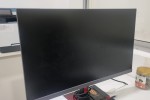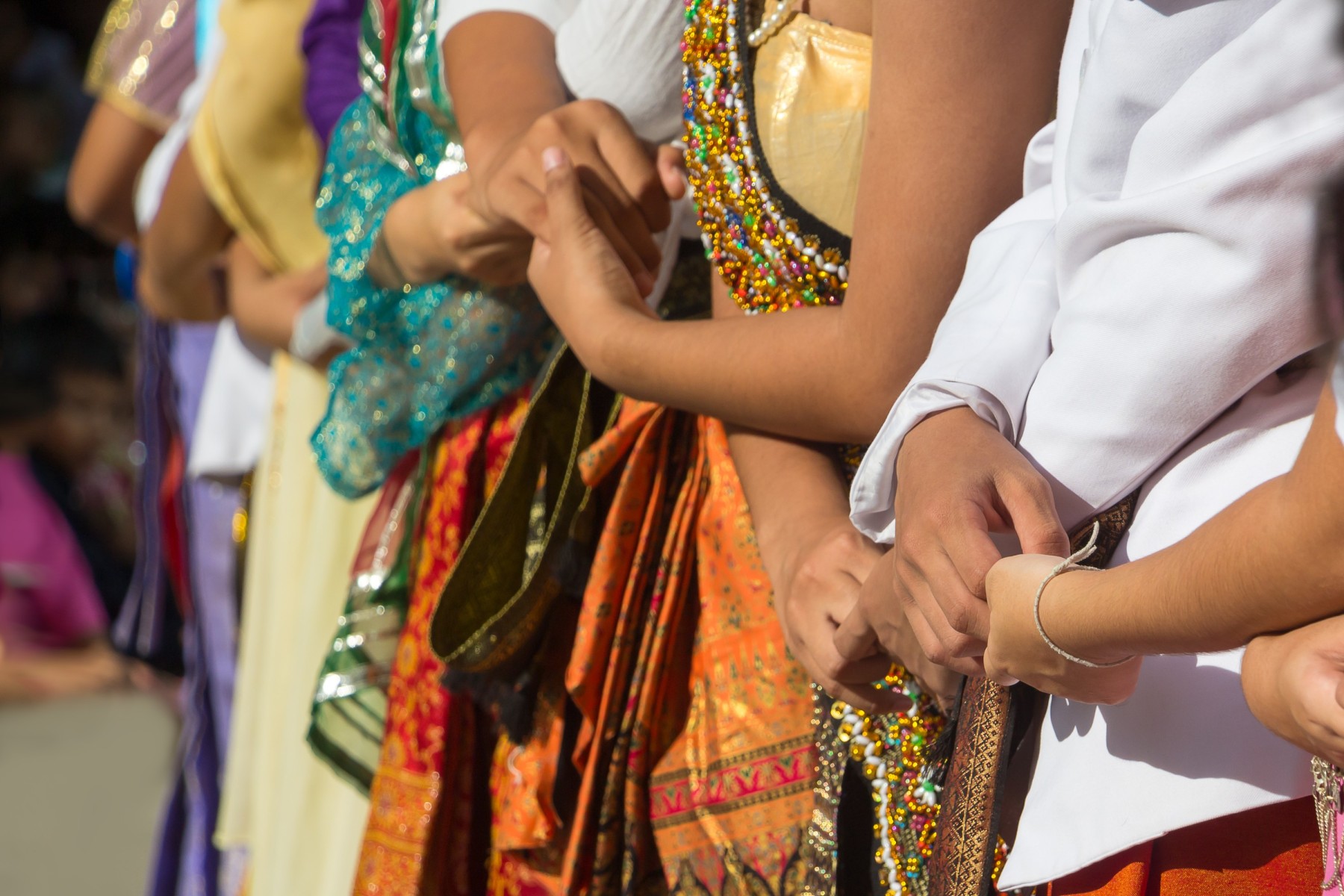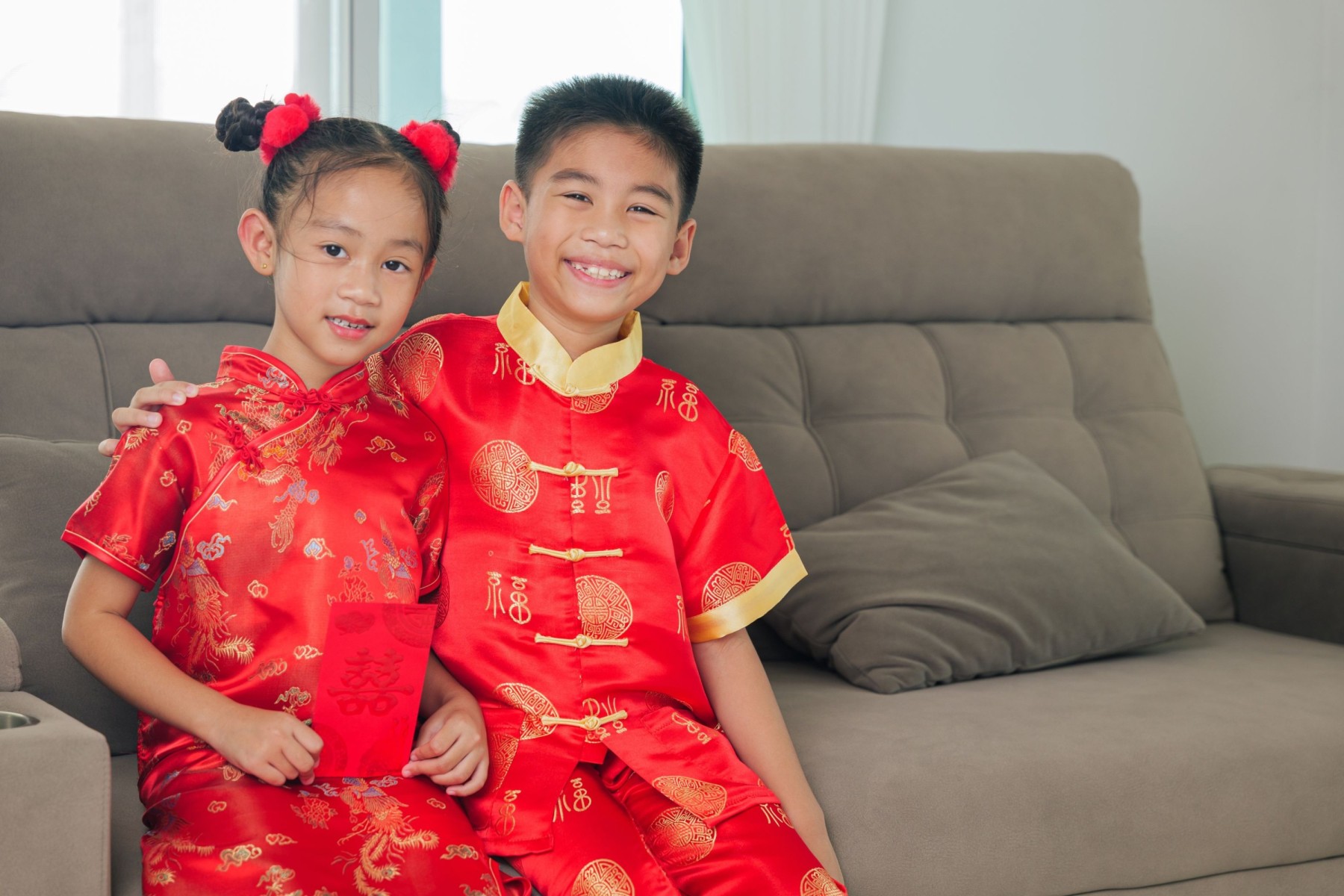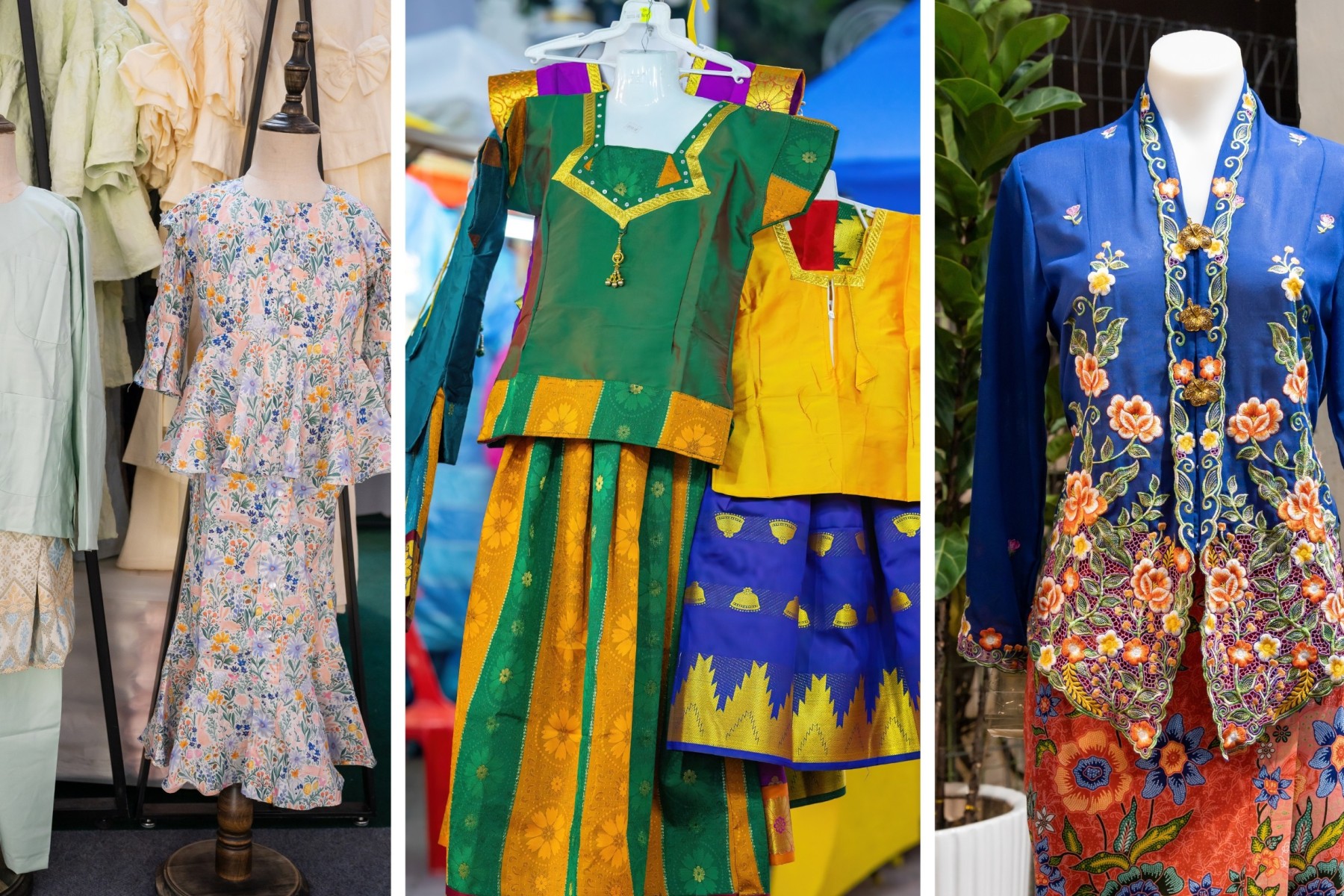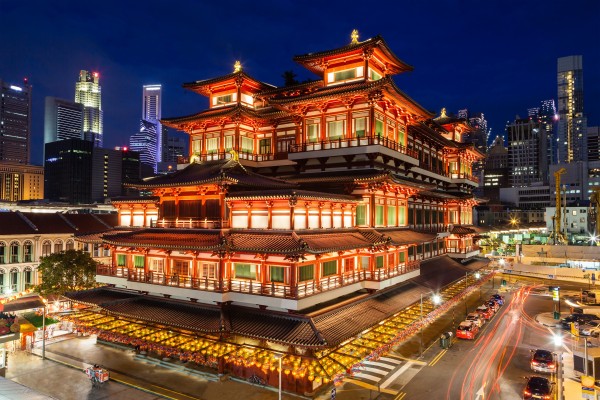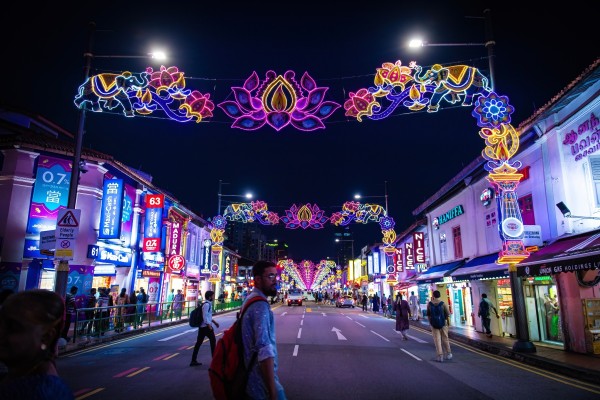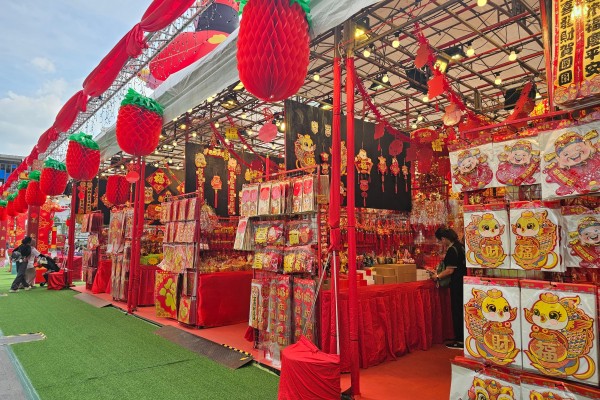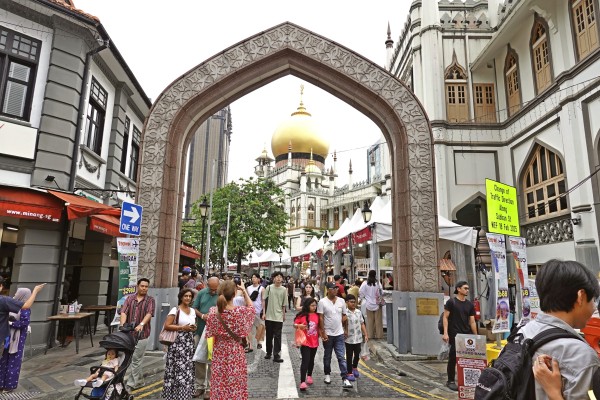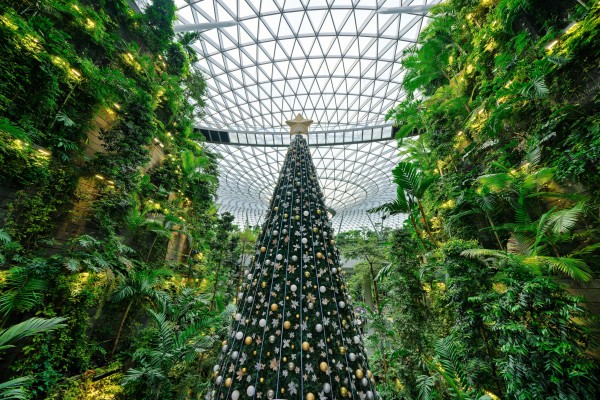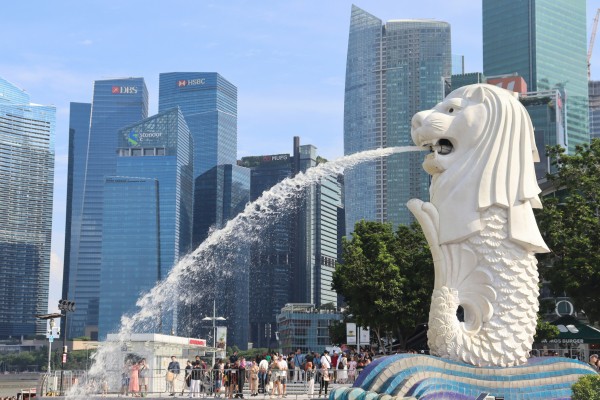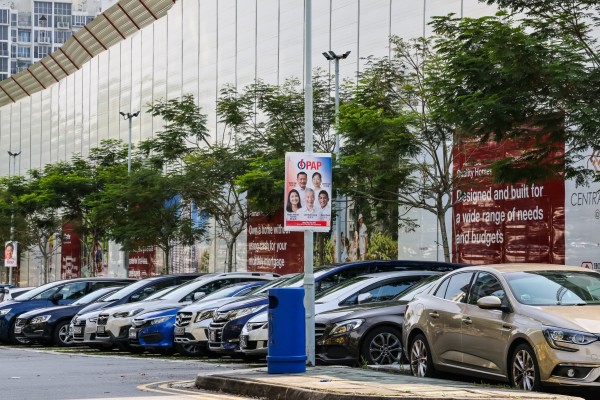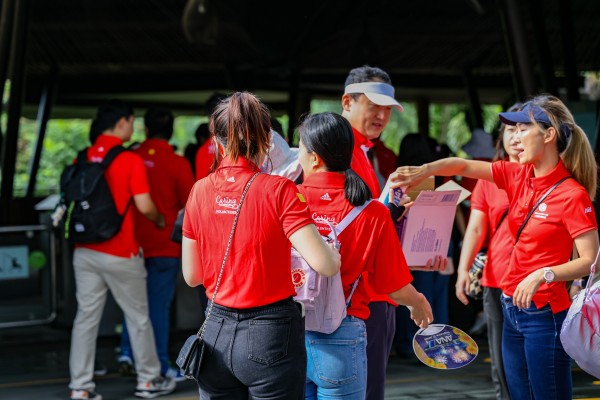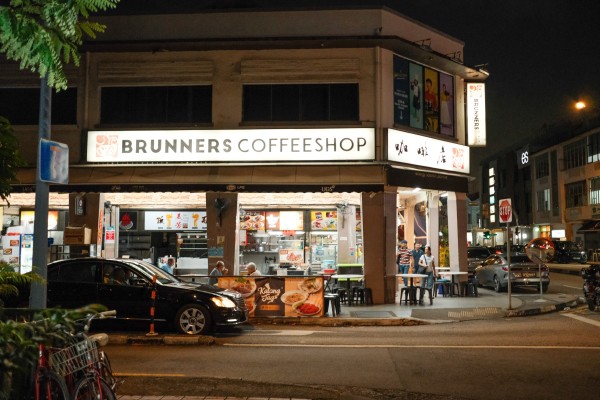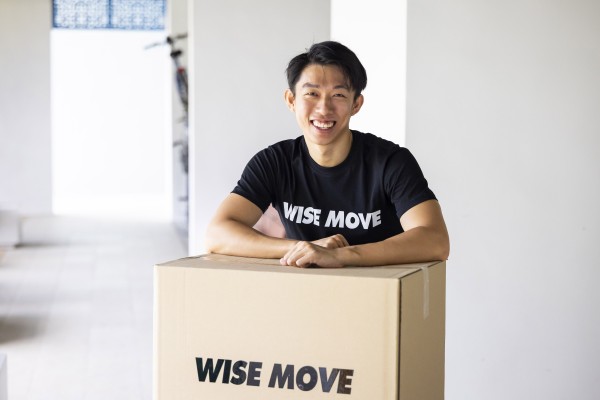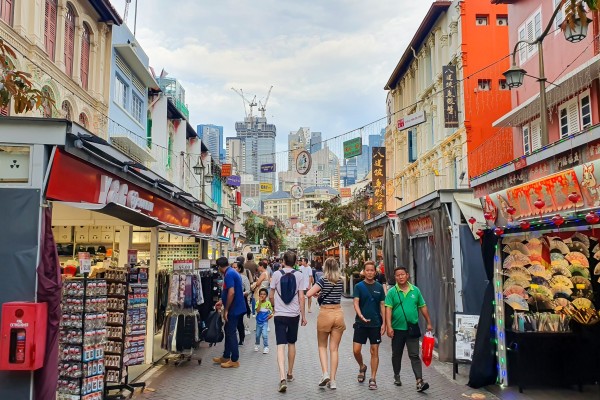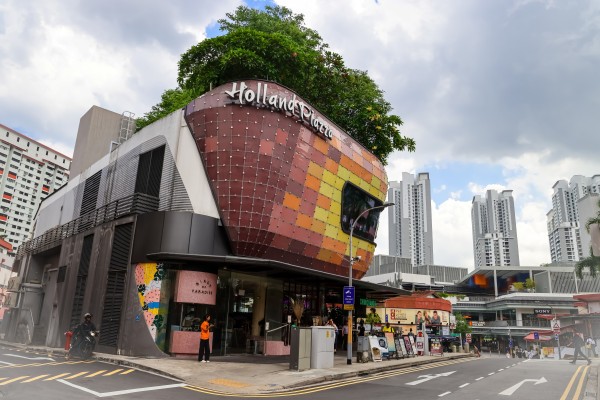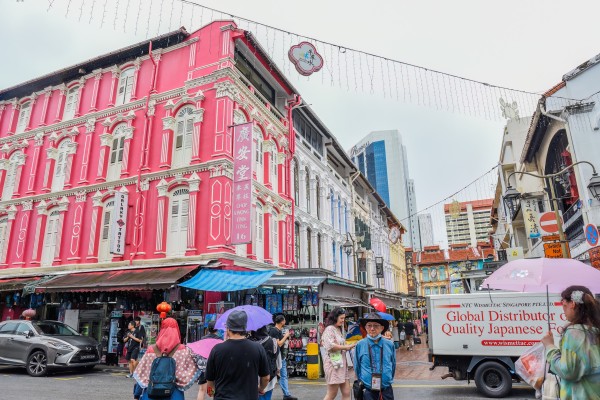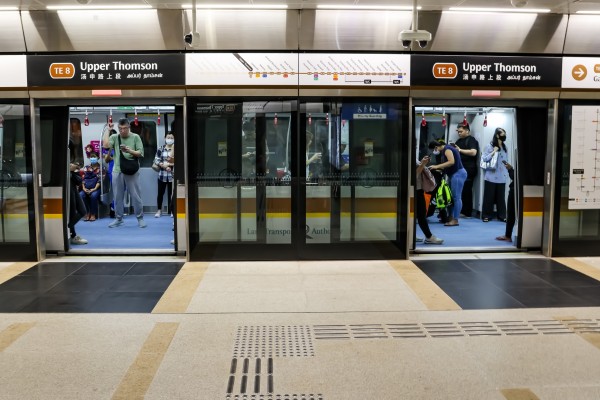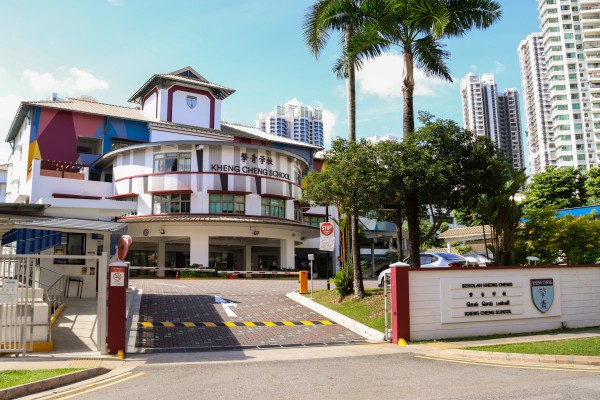A guide to Racial Harmony Day in Singapore

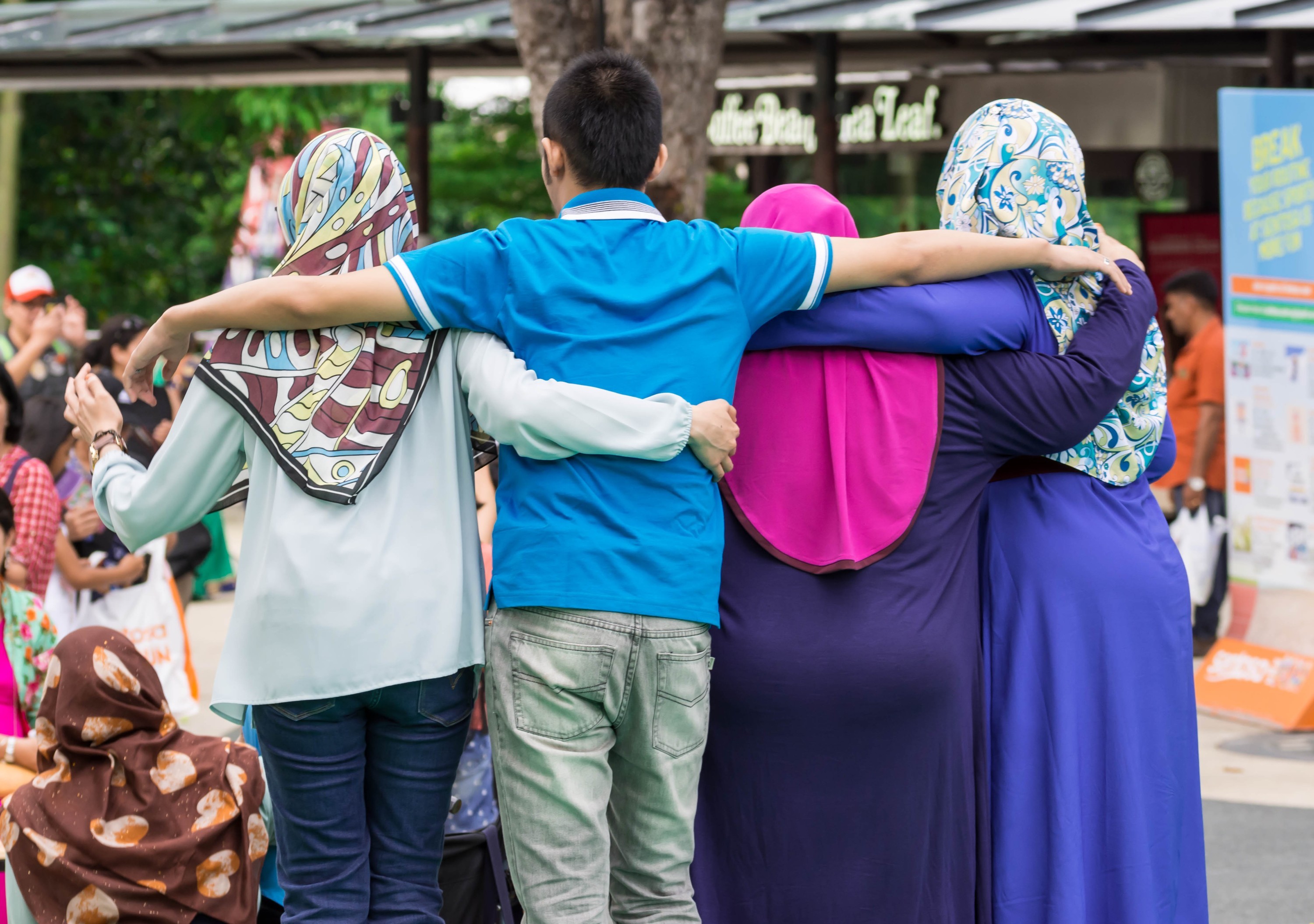
Every year on 21 July, school-aged children in Singapore dress up in colourful traditional costumes. You'll likely spot them when you're out and about in cosmopolitan Singapore.
You’re right if you were guessing that they’re celebrating something. It’s not every day that you will spot school children proudly dressed up in Chinese qipaos, Malay kebayas, and Indian kurtas.
The costumes represent three of the main ethnic groups in Singapore, and are often warmer to wear. This adds to the novelty of it all, as Singapore is known to be hot, hot, hot. Everyone’s usually dressed in their thinnest, loosest clothing to stay cool and beat Singapore's climate.
These school children are celebrating Racial Harmony Day. This is a special day celebrated by school children in Singapore every year on 21 July.
Curious to know more about this day and how you can be a part of it too? Our friendly guide below will tell you all you need to know about Racial Harmony Day.
What is Racial Harmony Day?
View this post on Instagram
Racial Harmony Day is a day celebrated on 21 July by all government schools to promote racial and cultural harmony in Singapore. The celebration was launched in 1997 by the Singapore Ministry of Education (MOE) as part of their National Education (NE) programme. This was the nationwide citizenship education programme in a multi-ethnic Singapore. Racial Harmony Day is all about teaching students why it's important to maintain racial and religious harmony.
Grassroots organisations, such as the People’s Association (PA) and the Community Development Councils (CDCs), have also recently started organising activities and programmes to commemorate Racial Harmony Day. The idea was to remind Singaporeans of all ages of the important message behind the celebration.
The history of Racial Harmony Day’s date
21 July was chosen as the annual date of Racial Harmony Day to commemorate the racial riots that took place on 21 July 1964. These riots initially broke out during a Muslim procession celebrating the Prophet Muhammad’s birthday and lasted till early August. They were deadly, claiming the lives of 23 people and injuring a further 464 people.
Singapore was still part of the Federation of Malaysia during this time, and racial tensions were particularly high. It was a time of political turbulence between the Malay UMNO-led Alliance government and the Chinese People’s Action Party (PAP).
Why is Racial Harmony Day important?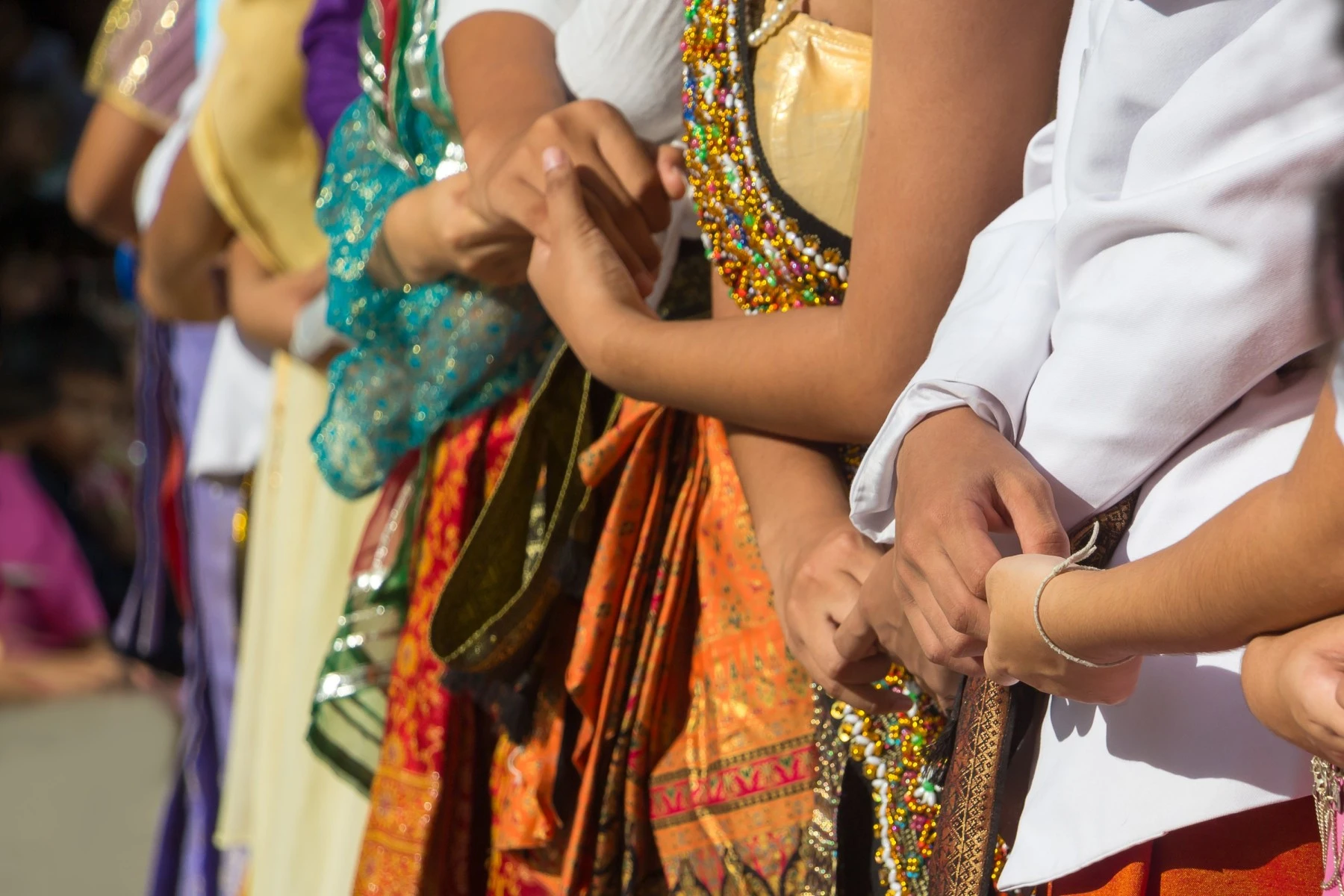
Singapore may be a peaceful, multicultural and multi-religious society today, but it wasn’t always so. There's a history of racial tension, especially in the tumultuous pre-Independence period of the 1950s and 1960s.
During this period, several racially motivated riots took place. Many of which resulted in numerous fatalities and casualties.
Singapore has always been home to a diverse mix of people from different cultures, countries, and religions. Many migrants continue to choose to settle here. With no true understanding of each other’s cultures and beliefs, it would be all too easy for racial differences to bubble over. As a result, it creates a feeling of mistrust and division between cultures.
The racial and religious harmony we enjoy today is hard-won. It's also intentionally maintained, through legislation and citizenship programmes, like Racial Harmony Day.
Racial Harmony Day marks the anniversary of one of the deadliest racial riots that took place in Singapore on 21 July. It's a day that ensures students will always remember what happens when we let fear and intolerance take over. It's a reminder to everyone that multi-cultural peace requires both intentional effort and real understanding of one another's differences.
What happens on Racial Harmony Day?
View this post on Instagram
Racial Harmony Day is celebrated by all the government-run Ministry of Education (MOE) schools. All levels are involved, from pre-school to junior college.
Students can look forward to a whole day of activities, games, and performances. All of which are designed to help them understand and appreciate the cultures of the four main races in Singapore. In pre-schools, especially, the children can also enjoy the food and drink of other cultures!
The children are strongly encouraged to go to school wearing a traditional costume from one of the three main races: Chinese, Malay, or Indian. They may also choose to wear a costume from one of the minority cultures in Singapore. For example, the Peranakan Nonya Kebaya or the Eurasian Baju Panjang.
These days, Racial Harmony Day is also widely celebrated in July by grassroots organisations. The People’s Association organises a multitude of events for the public to celebrate the day. Activities in the neighbourhood include carnivals, flea markets, live performances, and cultural tours. These celebrations help to uphold the community's multicultural spirit among neighbours and friends.
How can I be a part of Racial Harmony Day?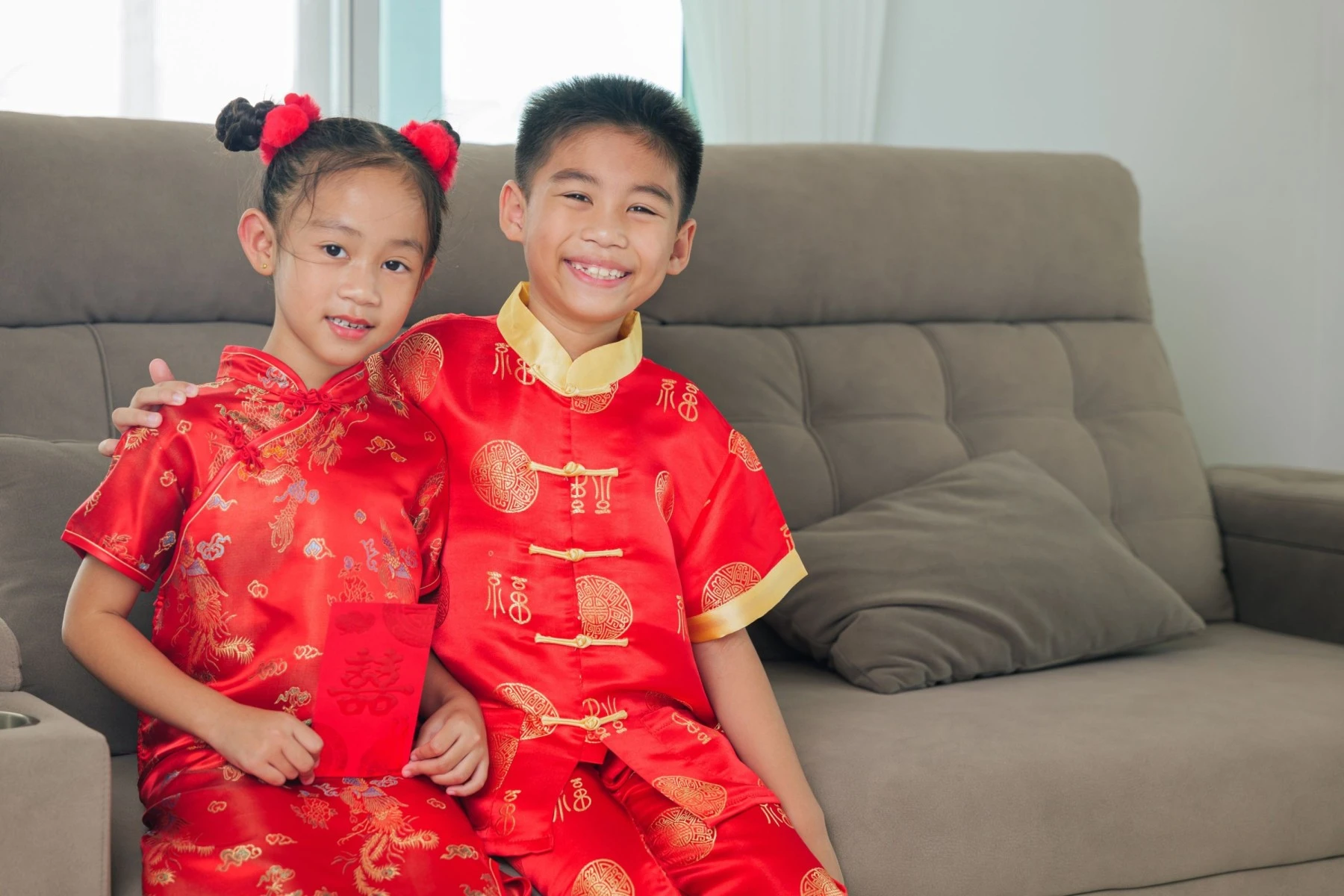
If you have school-going children attending MOE schools in Singapore, help them understand the significance of the day. Tell them about the main races in Singapore. Look up historical articles and photographs of the racial riots. Explore the cultures together before they head to school on 21 July to celebrate Racial Harmony Day.
Let your children dress up in the traditional costumes of the four main races in Singapore to help them immerse themselves in the spirit of the day.
Participating in the grassroots-organised events is a great start to your very first Racial Harmony Day in Singapore as an adult. Check out this year’s events hosted by the People's Association below.
Upcoming Racial Harmony Day Events (2025)
Saturday, 19 July
Bishan Splash of Harmony: Celebrating Unity and Diversity
-
Venue: Bishan Swimming Complex
-
Time: 9 am to 1 pm
-
Ticket: SG$8 per person
Sembawang West Racial Harmony Carnival
-
Venue: Woodlands Crescent Park
-
Time: 9 am to 12 pm
-
Ticket: SG$2 per person
Ci Yuan Community Club Racial Harmony Day and National Day Light Up
-
Venue: Blk 658A Hougang St 61, N6 Marquee
-
Time: 5 pm to 8 pm
-
Ticket: SG$5 per person
Moulmein-Cairnhill Racial Harmony Concert
-
Venue: Tanglin Community Centre
-
Time: 2 pm to 4 pm
-
Ticket: SG$5 per person
Fernvale Zone H Racial Harmony Day
-
Venue: Communal Hall, Blk 442 Fernvale Road
-
Time: 2 pm to 4.30 pm
-
Ticket: SG$2 per person
Kampong Serangoon Racial Harmony Day Carnival
-
Venue: Open Field, Blk 217 Serangoon Ave 4
-
Time: 9 am to 1 pm
-
Free admission
Marsiling Harmony Walk
-
Venue: New Life Bible, Presbyterian Church, 10 Marsiling Lane
-
Time: 7 am to 12 pm
-
Free admission
Sunday, 20 July
Tampines East Racial Harmony Celebrations
-
Venue: Tampines East Community Centre, Atrium
-
Time: 3 pm to 5 pm
-
Ticket: SG$3 per person
Sembawang Central Racial Harmony Day
-
Venue: 507 Wellington Circle, Linkhouse
-
Time: 9 am to 12 pm
-
Ticket: SG$3 per person
Bukit Batok East Racial Harmony Day
-
Venue: Blk 278A, Bukit Batok East Avenue 4, Harmony Pavilion
-
Time: 9 am to 11 pm
-
Ticket: SG$3 per person
Clementi Rhythm of Harmony
-
Venue: Clementi Community Centre
-
Time: 2 pm to 6 pm
-
Free admission
Limbang Racial Harmony Line Dance
-
Venue: Yew Tee Community Centre, Multipurpose Hall
-
Time: 4.30 pm to 9 pm
-
Ticket: SG$6 per person
Mountbatten Art Unites Exhibition
-
Venue: Katong Community Centre
-
Time: 9 am to 6 pm (21 July 4 pm to 7 pm)
-
Free admission
Saturday, 26 July
Marymount Cultural and Dance Festival
-
Venue: Bishan Active Park, Bishan St 23
-
Time: 6.30 pm to 9.30 pm
-
Free admission
Toa Payoh Central Racial Harmony Celebrations
-
Venue: Toa Payoh Central Community Centre, Level 2 Multipurpose Hall
-
Time: 3 pm to 6 pm
-
Tickets: SG$3 per person
Sunday, 27 July
Ang Mo Kio-Hougang-Jalan Kayu Harmony Walk
-
Venue: Ci Yuan Community Centre
-
Time: 7.30am to 9.30am
-
Ticket: SG$2 per person
A Youth Intercultural Showcase: Kaleidoscope Harmony In Motion
-
Venue: Singapore Chinese Cultural Centre
-
Time: 5.30 pm to 10.15 pm
-
Ticket: SG$20 per person
FAQs about Racial Harmony Day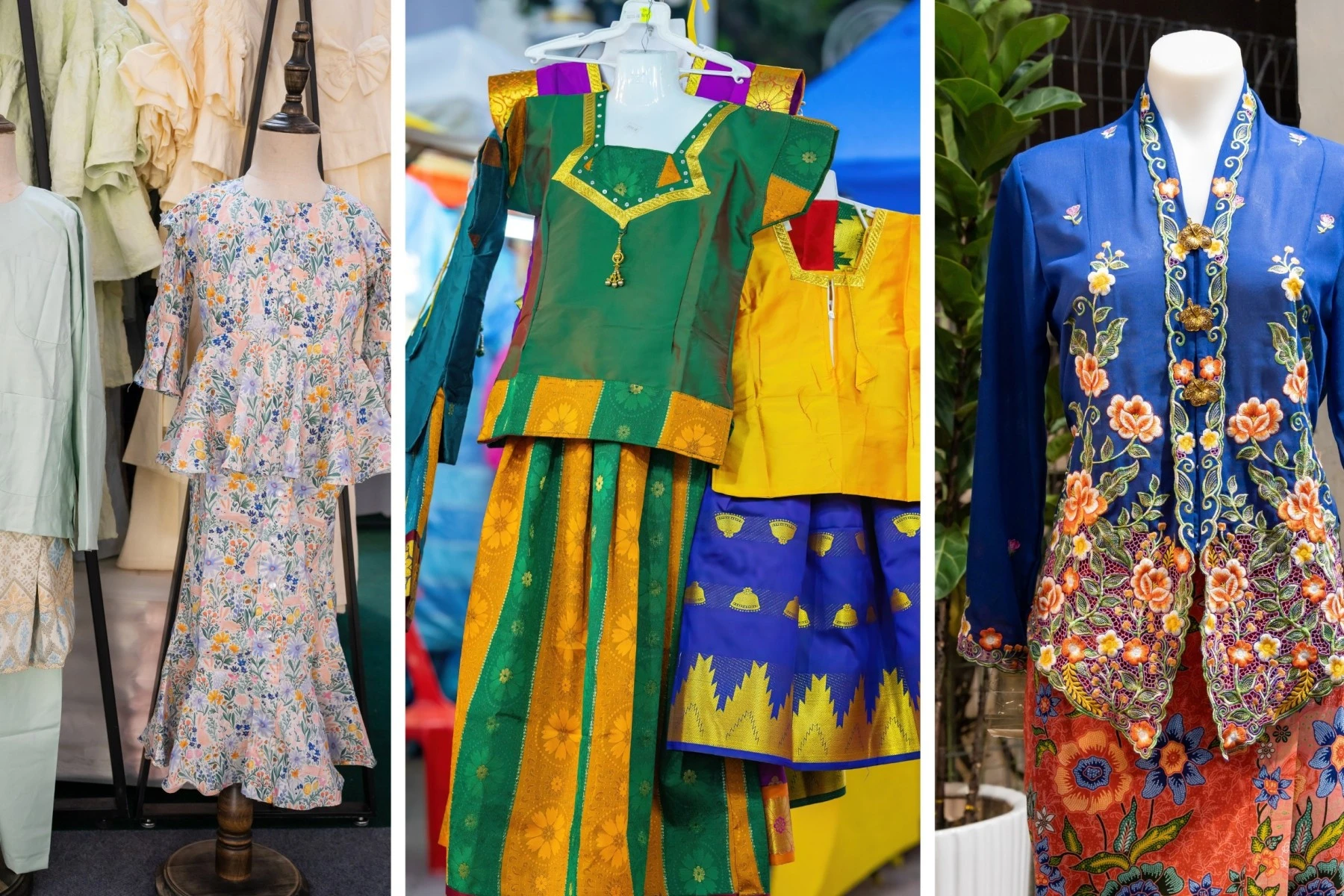
Why does Racial Harmony Day take place on 21 July every year?
Racial Harmony Day takes place on 21 July every year to commemorate the anniversary of the racial riots that took place on 21 July in 1964.
Is Racial Harmony Day a Public Holiday in Singapore?
No, Racial Harmony Day is not a Public Holiday in Singapore.
Is Racial Harmony Day a School Holiday in Singapore?
No, Racial Harmony Day is not a school holiday in Singapore.
How is Racial Harmony Day celebrated in schools?
Schools organise a day of performances, activities and games to celebrate Racial Harmony Day on 21 July every year. Lessons may also incorporate cultural elements or bits of the history of the day to mark the occasion. Children are highly encouraged to come to school dressed in traditional costumes from the four main races in Singapore. If 21 July falls on a weekend, Racial Harmony Day will be celebrated on the next closest school day.
Does my child need to wear an ethnic costume on Racial Harmony Day?
Your child is highly encouraged to go to school on Racial Harmony Day wearing an ethnic costume from the main races in Singapore: Chinese, Malay, Indian, and Eurasian.
Can my child wear a costume from our own culture for Racial Harmony Day?
Yes, of course, your child can wear a costume from their own home country on Racial Harmony Day. Encourage them to share the significance of the costume with their friends. It’s a great way to start the conversation about their home country!
What happens if my child has no costume to wear on Racial Harmony Day?
That’s perfectly okay, your child can report to school in their school uniform. Dressing up in a traditional costume is just a very nice way to be a part of the celebrations!
How can parents get involved in Racial Harmony Day?
It’s great that you want to get involved in Racial Harmony Day! To be a part of the day, you can explain the significance of Racial Harmony Day to your child at home by showing them old articles and videos from the past. You will also need to help them obtain a traditional costume to wear to school.
Where can I get traditional costumes from?
- Head on down to the respective areas to purchase traditional costumes for your child. This is a great opportunity to explore the cultural districts of Singapore as part of the entire Racial Harmony experience.
-
Check out Chinatown for the Chinese costumes.
-
Geylang Serai for the Malaysian costumes.
-
Little India and Tekka for the Indian costumes
-
Katong for the Eurasians and Peranakan.
-
- Borrowing a costume from your neighbour is also a great way to get to know each other.
- Consider gifting them something from your own culture as thanks and to immerse yourself in the spirit of racial harmony!
- If you’re running short of time, you can easily purchase these costumes from online platforms like Shopee and Lazada.
Is Racial Harmony Day only celebrated in government schools in Singapore?
Yes, Racial Harmony Day is usually only celebrated in government MOE schools in Singapore. International schools may have their own variations of cultural days, like United Nations Day.
Can I celebrate Racial Harmony Day in Singapore if I don’t have school-going children?
Most definitely. Head over to your local community centres or the People’s Association website to find this year's Racial Harmony Day events. You can look forward to carnivals, concerts, flea markets, cultural walks, and even community race events.
What do our customers say?






